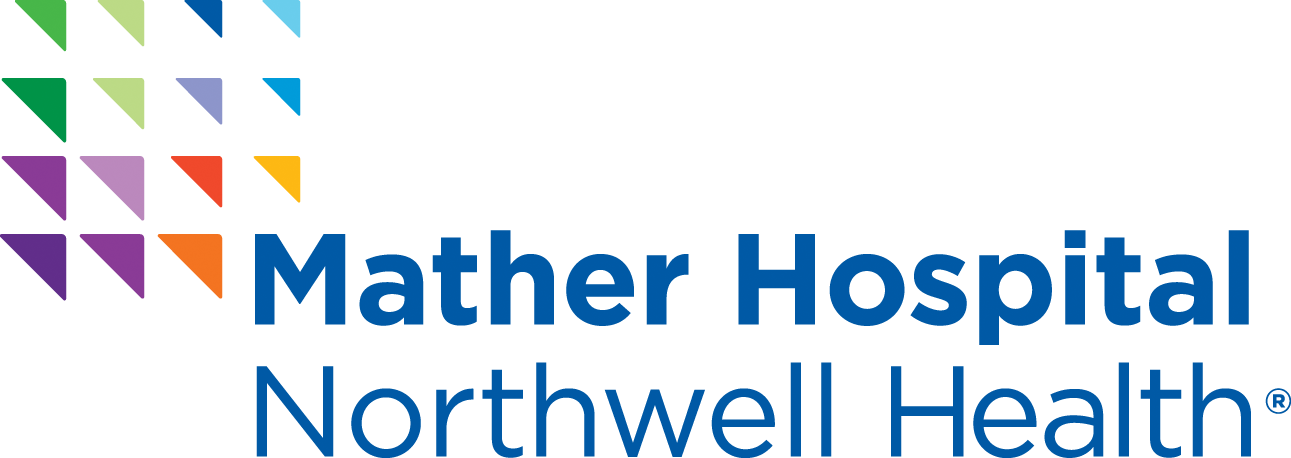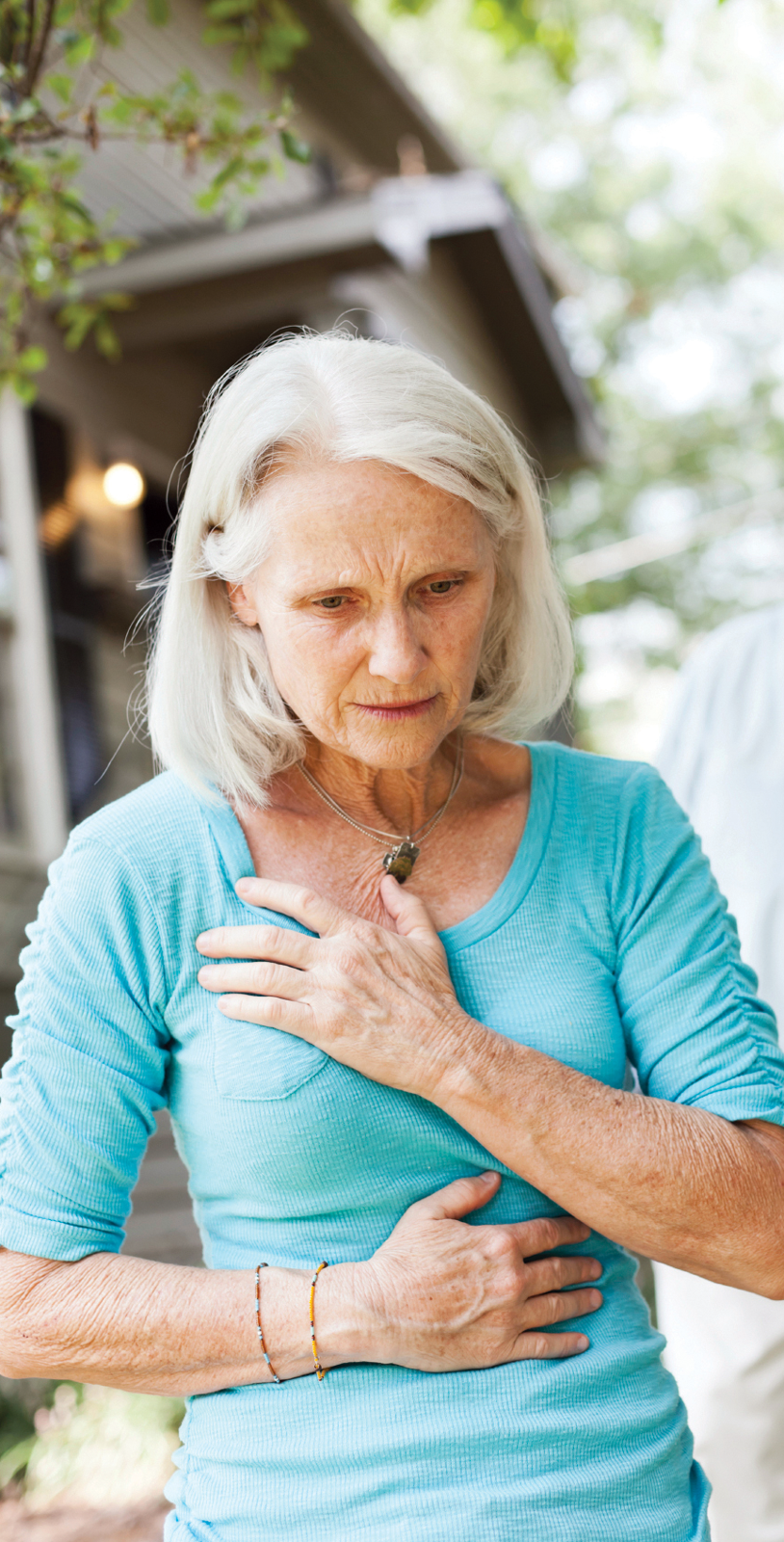
Heart attack & stroke signs
Recognize the signs so you can get help quickly
A heart attack or stroke is an emergency and every second counts. The faster you recognize the symptoms and get help, the better your chances of surviving, with the least amount of damage to your heart or brain. If you’ve had a heart attack or stroke before, keep in mind that your symptoms for a second event may be different.
Heart attack warning signs
The main symptom of a heart attack is chest pain or discomfort. It can also feel like pressure, fullness or squeezing in your chest. These feelings may start gradually and get worse, or they may come and go.
The symptoms of a heart attack can be different for women. Women may also have unusual heartburn, shortness of breath, lightheadedness, nausea, or they may feel tired or anxious weeks before a heart attack.
Stroke warning signs
Think F.A.S.T. when it comes to recognizing a stroke:
Face drooping: Is your face numb? Does one side of your face droop when you try to smile?
Arm weakness: Is one arm weak or numb? Raise both arms. Does one arm drift downward?
Speech difficulty: Is your speech slurred? Are you unable to speak? Try to say a simple sentence like “The sky is blue.”
Time to call 911: If you notice any of these symptoms, even if they go away, call 911 right away.
Other sudden stroke symptoms can include:
- numbness or weakness in your leg, face or arm
- confusion or trouble understanding
- trouble seeing in one or both eyes
- trouble walking, dizziness, loss of balance and coordination
- severe headache with no known cause

Check your risk
Use the calculator at cvriskcalculator.com to check your risk of having a heart attack or stroke. Then ask your doctor what steps you can take to prevent one. He or she may talk to you about eating healthier foods, being more active or quitting smoking.
The AudioEye Trusted Certification represents a commitment to accessibility and digital inclusion.
Patient Guide Solutions, LLC
All Rights Reserved